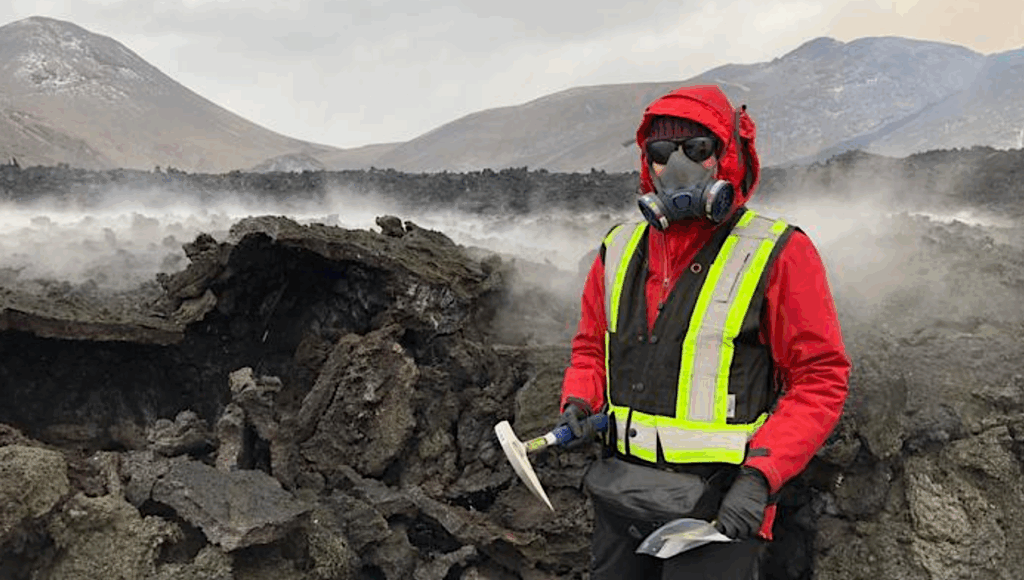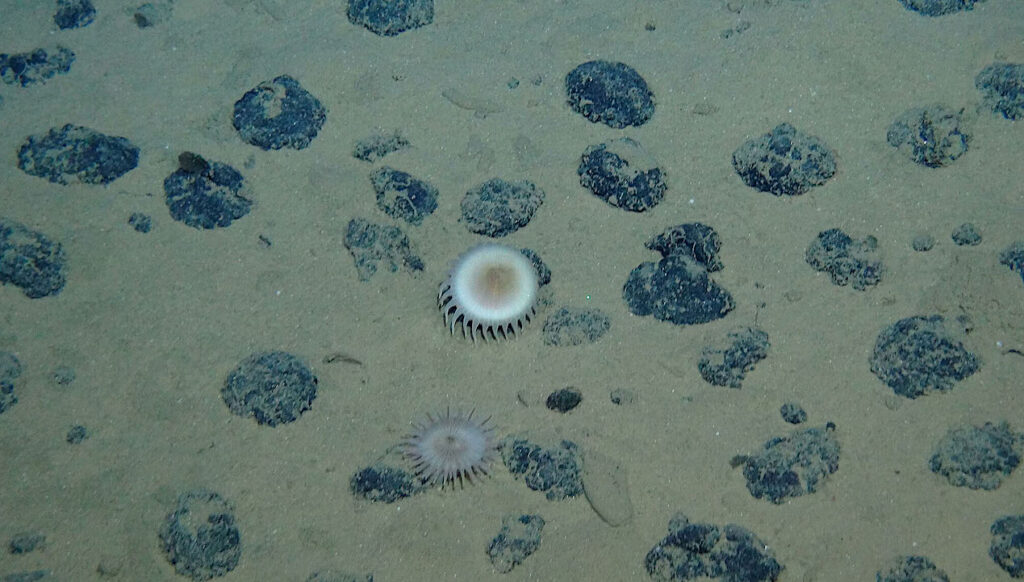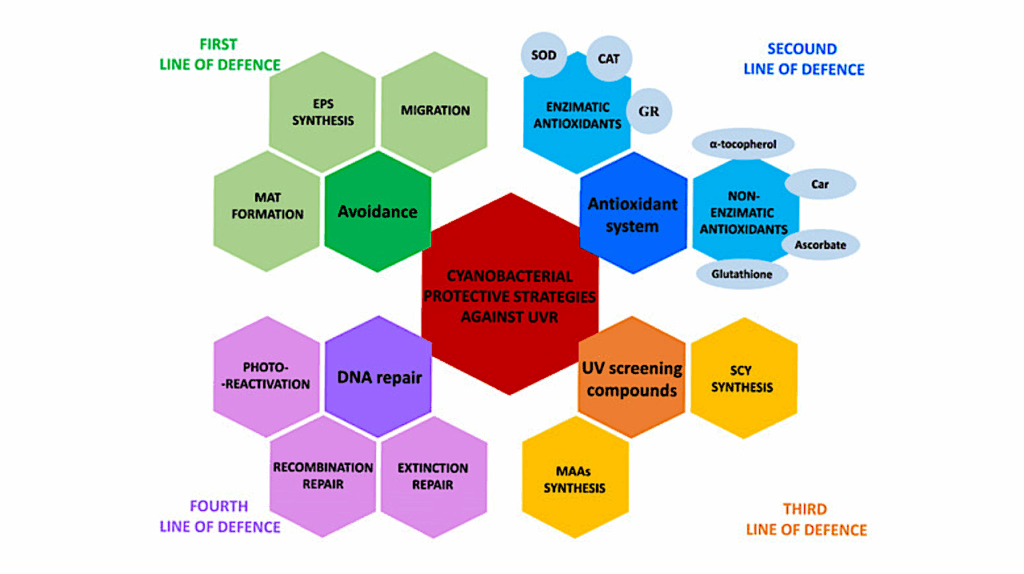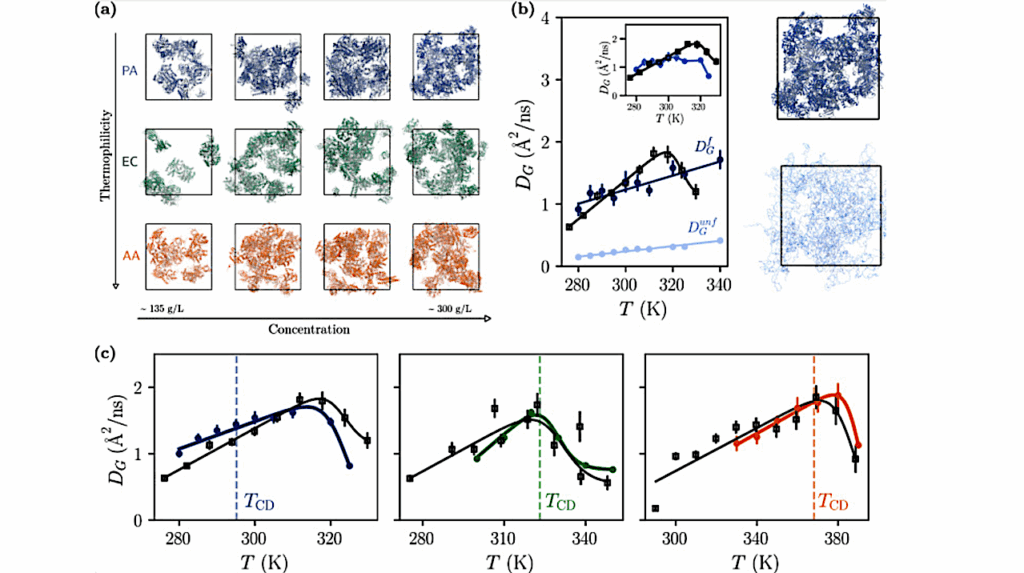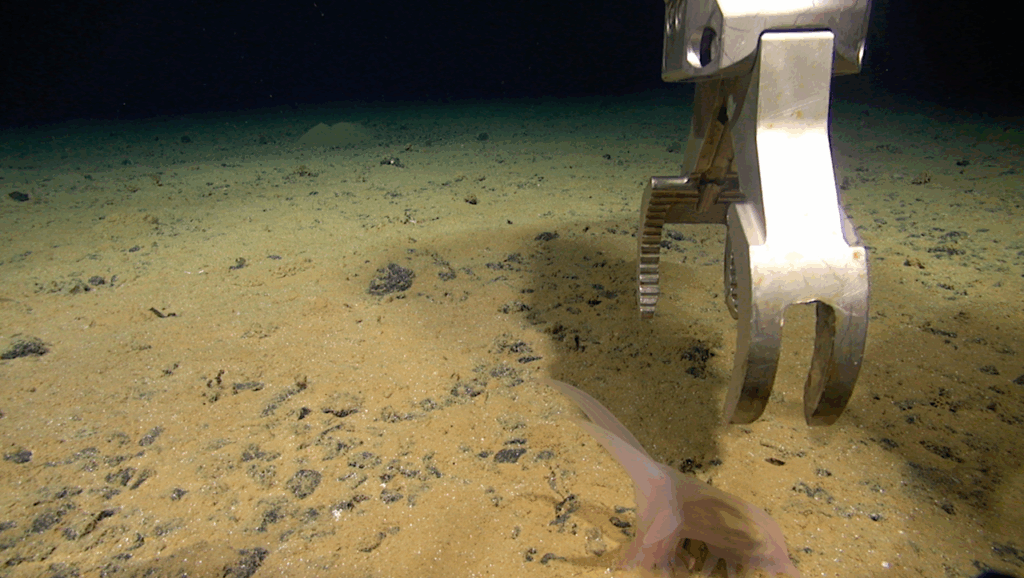Tanpopo Exposure Units For External ISS Studies Of Extremophiles In Space

Seven Tanpopo exposure units with different samples are placed inside the exposure panel. The Tanpopo-5 investigation studies the origin, transportation, and survival of life in space.
Radioresistant microbes of Deionococcus radiodurans, sporophytes of the moss Physcomitrium patens, nucleotide precursors, and amino acids are studied in this experiment.
Peptides are exposed to the space environment for six months aboard the International Space Station.

Image courtesy of the Tanpopo Team. jsc2023e010198 (1/31/2023) – larger image
The Tanpopo mission is an orbital astrobiology experiment investigating the potential interplanetary transfer of life, organic compounds, and possible terrestrial particles in the low Earth orbit. The purpose is to assess the panspermia hypothesis and the possibility of natural interplanetary transport of microbial life as well as prebiotic organic compounds.
Scientific Targets of Tanpopo: Astrobiology Exposure and Micrometeoroid Capture Experiments at the Japanese Experiment Module Exposed Facility of the International Space Station, Astrobiology via PuBmed
Scientific Targets of Tanpopo: Astrobiology Exposure and Micrometeoroid Capture Experiments at the Japanese Experiment Module Exposed Facility of the International Space Station, Astrobiology (open access)
The Tanpopo experiment was the first Japanese astrobiology mission on board the Japanese Experiment Module Exposed Facility on the International Space Station (ISS). The experiments were designed to address two important astrobiological topics, panspermia and the chemical evolution process toward the generation of life.
These experiments also tested low-density aerogel and monitored the microdebris environment around low Earth orbit. The following six subthemes were identified to address these goals:
(1) Capture of microbes in space: Estimation of the upper limit of microbe density in low Earth orbit;
(2) Exposure of microbes in space: Estimation of the survival time course of microbes in the space environment;
(3) Capture of cosmic dust on the ISS and analysis of organics: Detection of the possible presence of organic compounds in cosmic dust;
(4) Alteration of organic compounds in space environments: Evaluation of decomposition time courses of organic compounds in space;
(5) Space verification of the Tanpopo hyper-low-density aerogel: Durability and particle-capturing capability of aerogel;
(6) Monitoring of the number of space debris: Time-dependent change in space debris environment.
Subthemes 1 and 2 address the panspermia hypothesis, whereas 3 and 4 address the chemical evolution. The last two subthemes contribute to space technology development. Some of the results have been published previously or are included in this issue. This article summarizes the current status of the Tanpopo experiments.
Astrobiology


